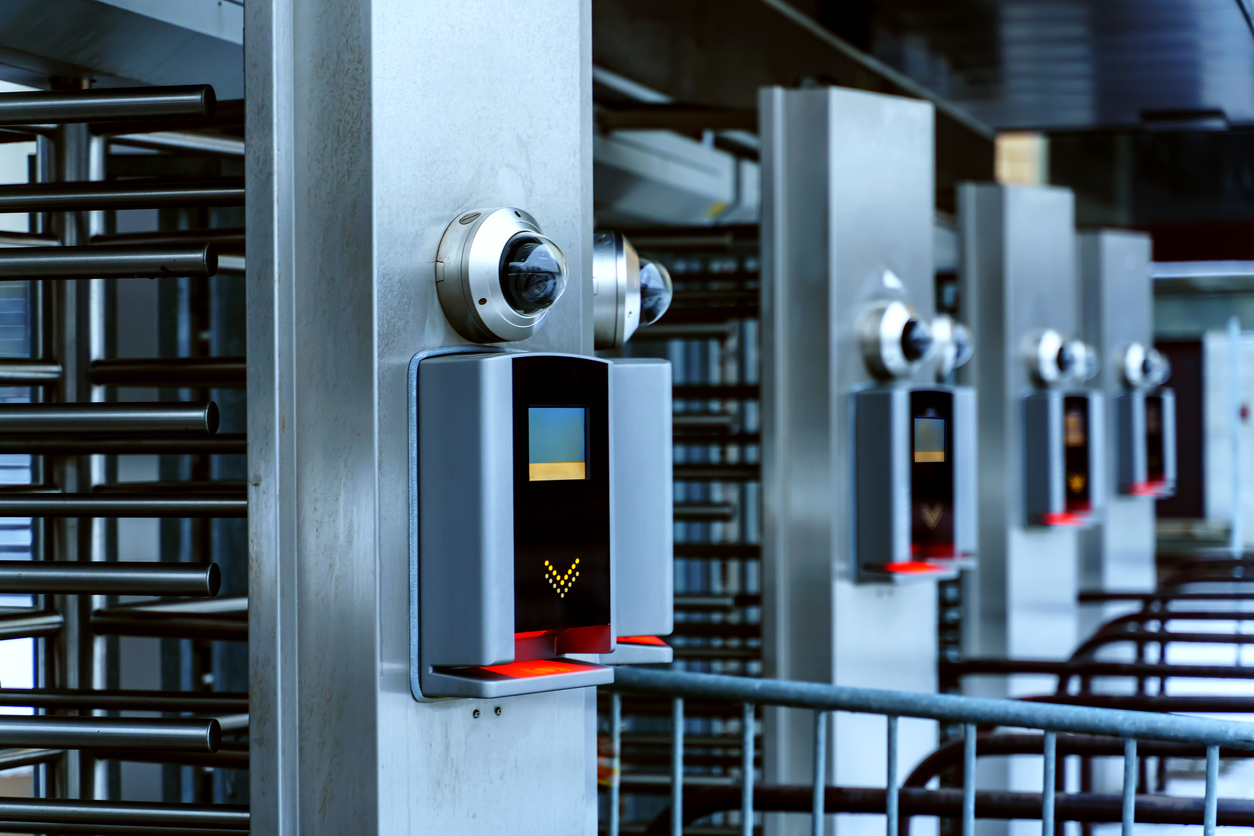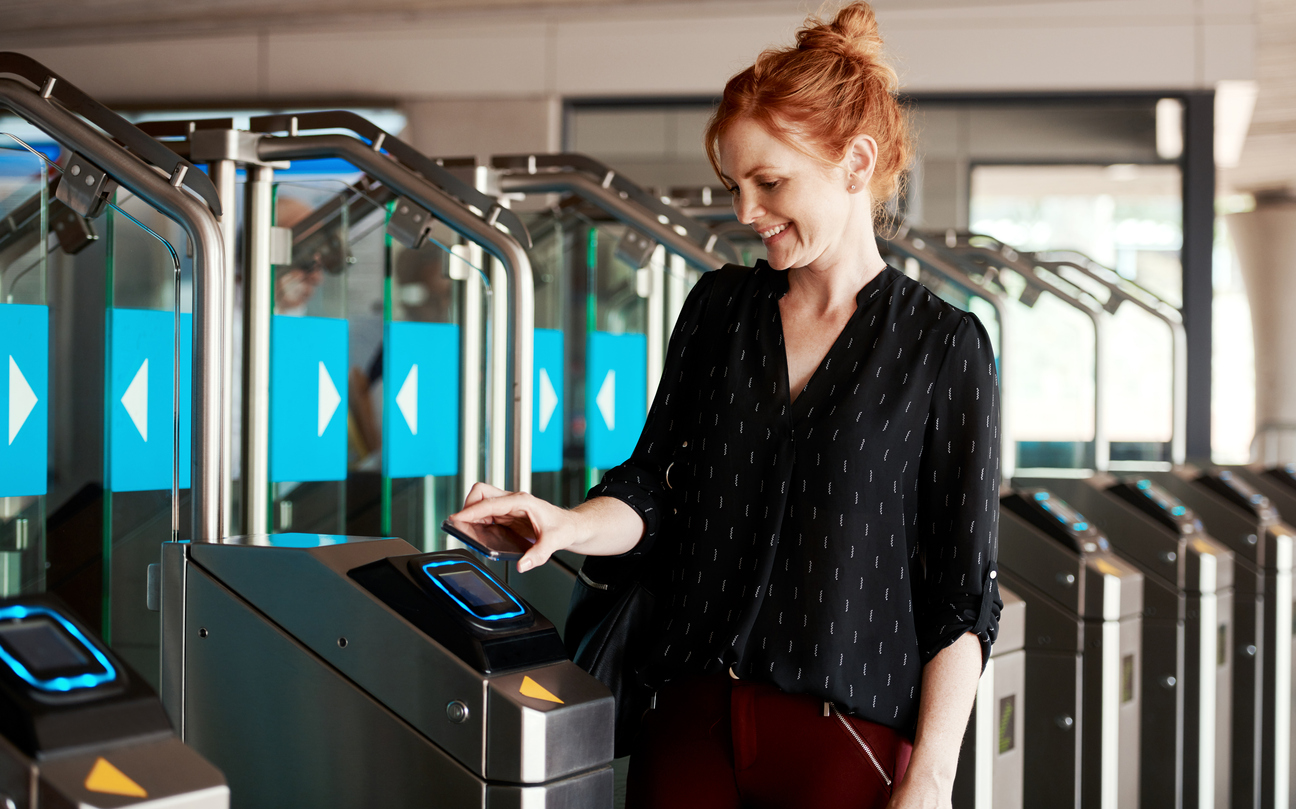
Home > News > Types of Access Control Systems
Types of Access Control Systems
What are Access Control Systems?
Access Control Systems , at their very basic concept level, control who can gain entry or access to specifically assigned or designated areas. These systems also control whether individuals gain access via keys, key fobs, digital keypads, or even biometric configurations. Specific security measures ensure that only people allowed to be within your facility or digital enterprise have access. Within that general construct, there are two types of access control systems.
Doors
The first is Standalone Access Control Systems for doors. This system is similar to what homeowners use. With these, there may be one code for all individuals that are granted access to enter the location. There can also be different codes assigned to each individual so that entrants may be tracked and monitored. This type of system is more suited to a smaller building and business.
Networked
The second type of Access Control System is Networked Access Control. This system is suited to larger facilities and businesses as access can be configured and reconfigured with greater agility based on changing needs and employee status. Additionally, it can be integrated with other security and safety resources such as fire suppression systems , lifts and lighting, and intruder alarms .
Access Control Systems can be further broken down into three specific categories.
1) Discretionary Access Control
Discretionary Access Control (DAC) relies upon the business leader or owner to select which personnel receive specific types of access to the physical building and/or to the digital or network content. DAC is less prohibitive than the other two options. However, it also allows users greater access to all programs and related channels and can potentially introduce volatile and dangerous programs under the radar of observation.
2) Mandatory Access Control
Mandatory Access Control (MAC) is a middle-ground option. It is used more often in organisations such as the military or high-tech companies that demand complete compartmentalisation of information and have classification designations. Limitations or access can be placed upon both physical spaces within a building in addition to areas within the business’ digital platforms. Only the leaders or administrators can assign specific access controls. This is usually done based on clearance level.
3) Role-Based Access Control
Role-Based Access Control (RBAC) is the most utilised Access Control System in both businesses and homes. There is ease of use involved in RBAC as specific security levels may be designated for certain professional titles versus being assigned directly to an individual. This keeps the levels delineated for oversight, especially when employees switch roles.
Seek out the experts in Access Control Systems. You are the expert in your business, they are experts in Access Control. Britannia Fire & Security will guide your business to the next level of protection and security. Get a free quote today.


